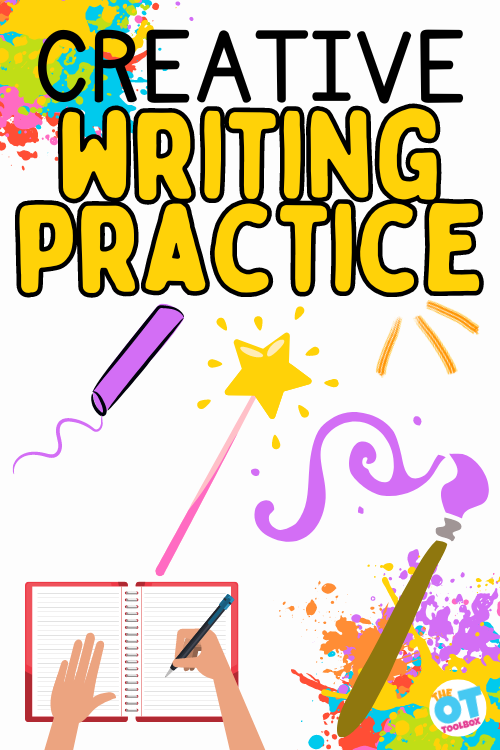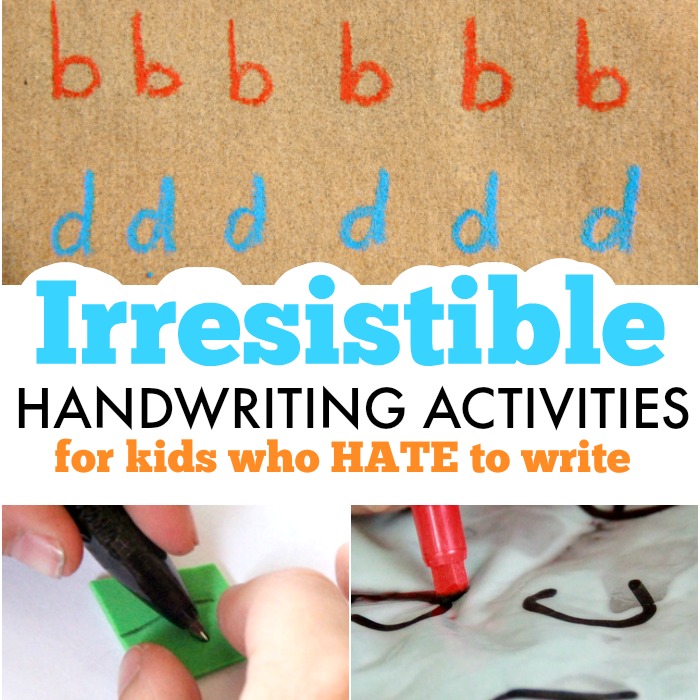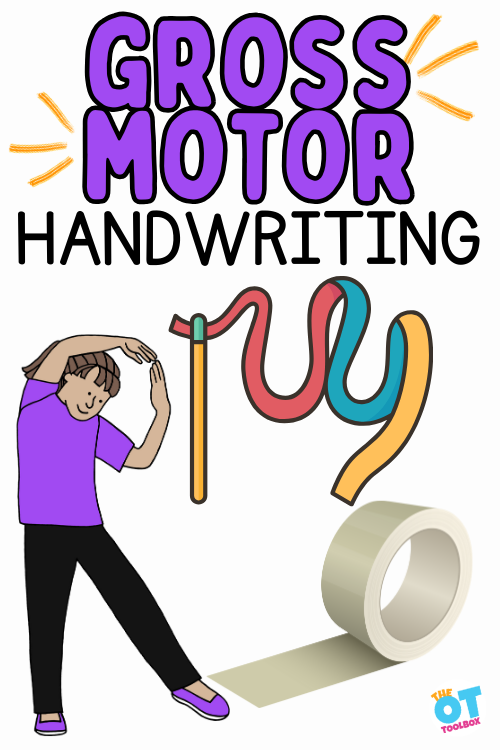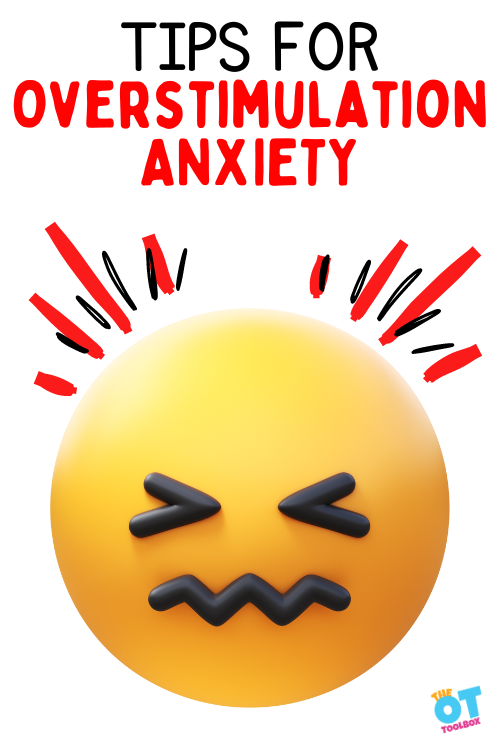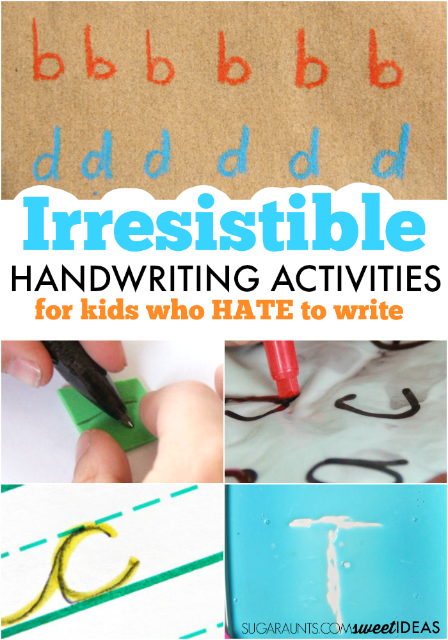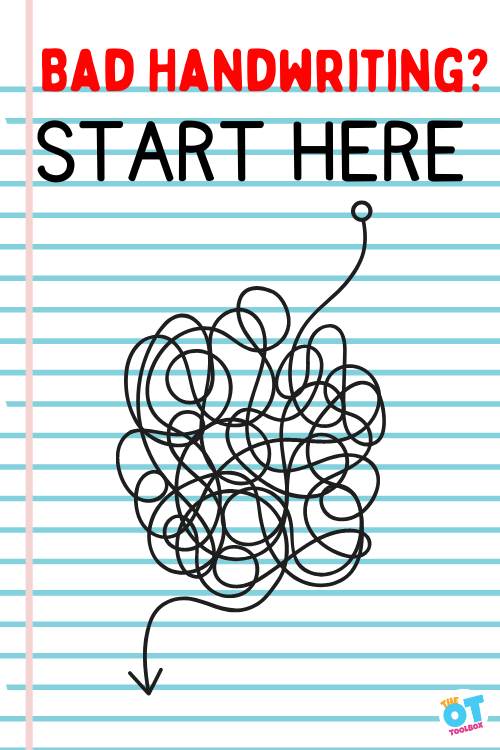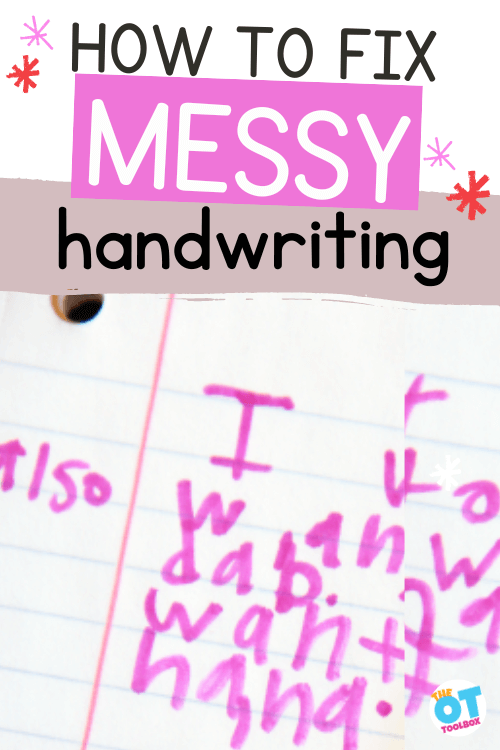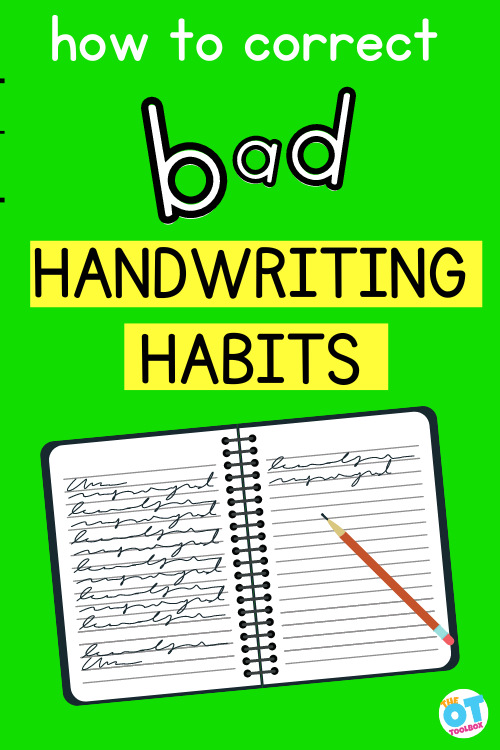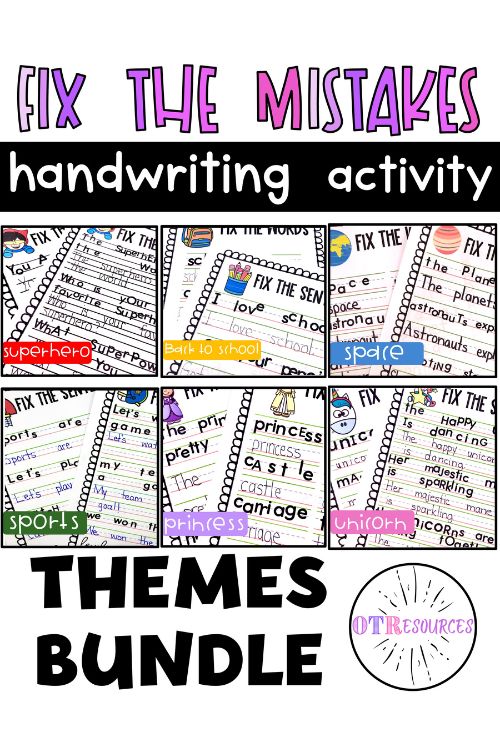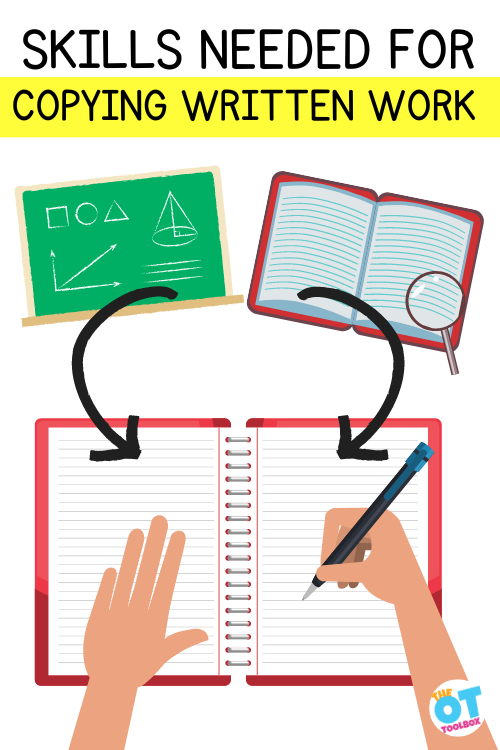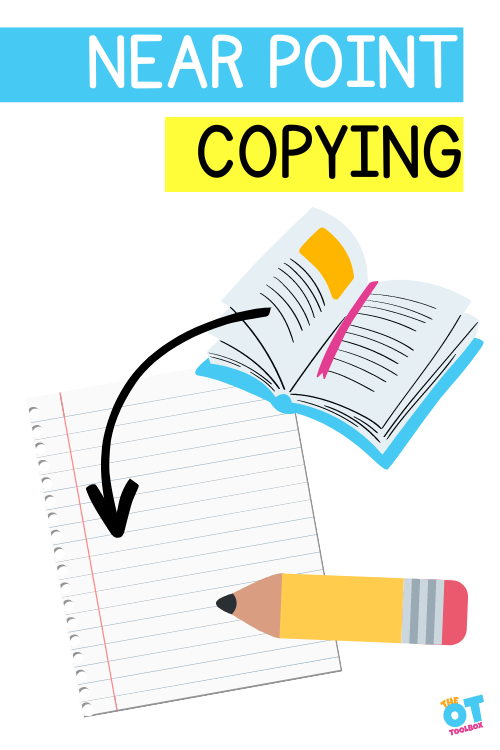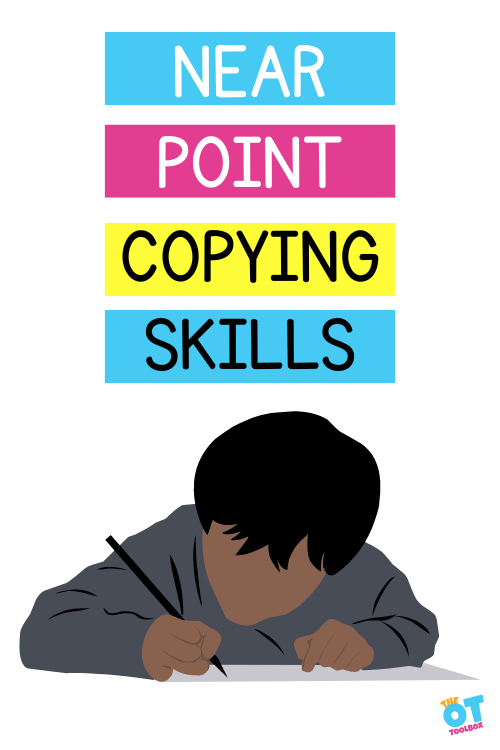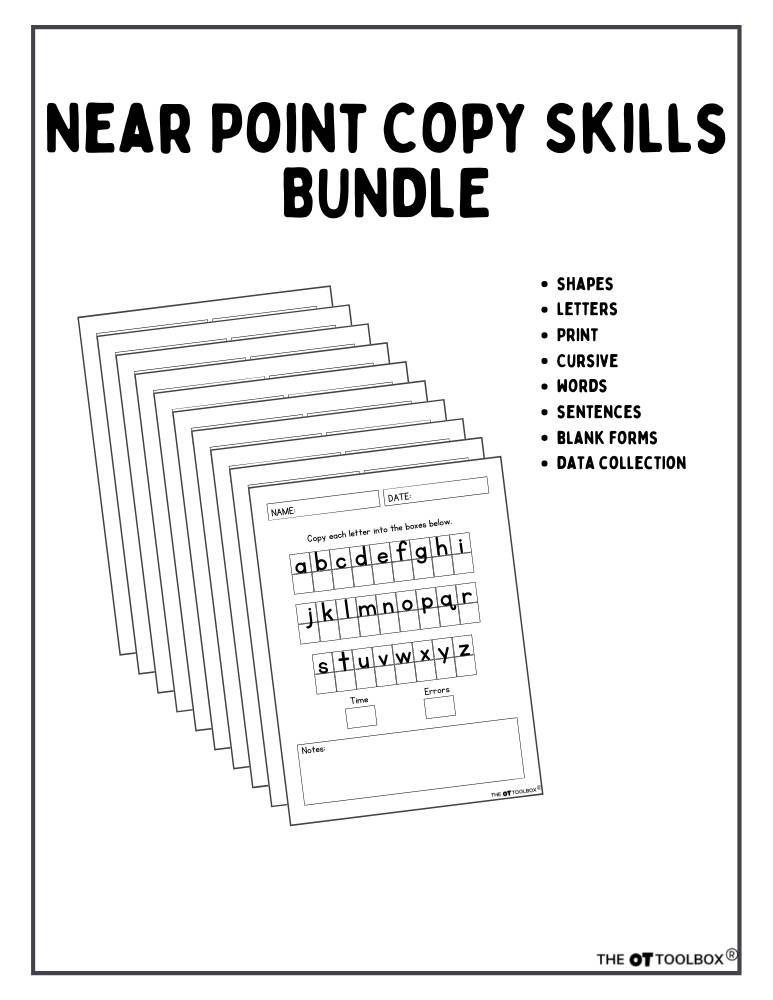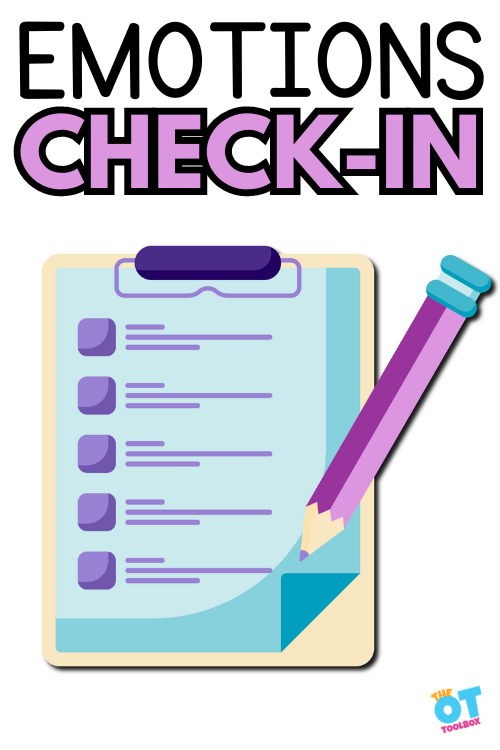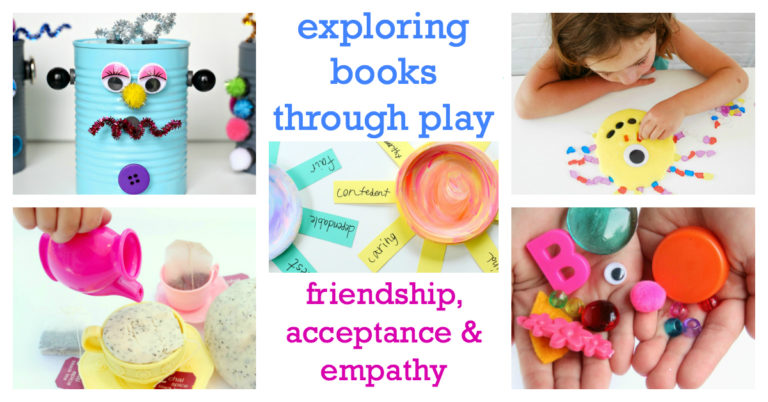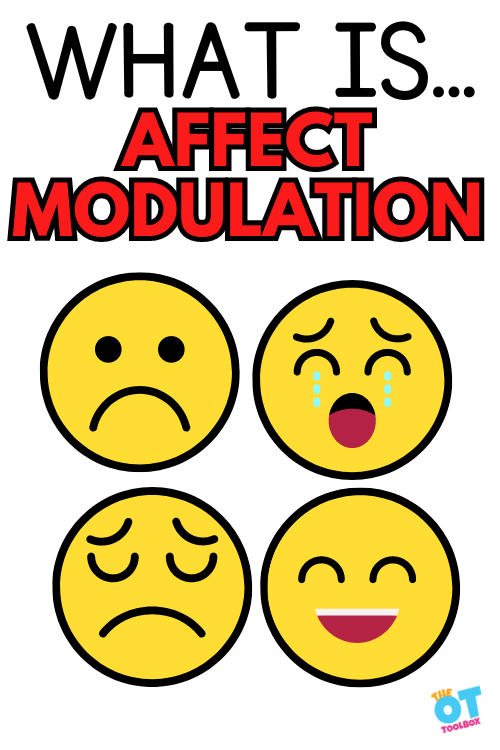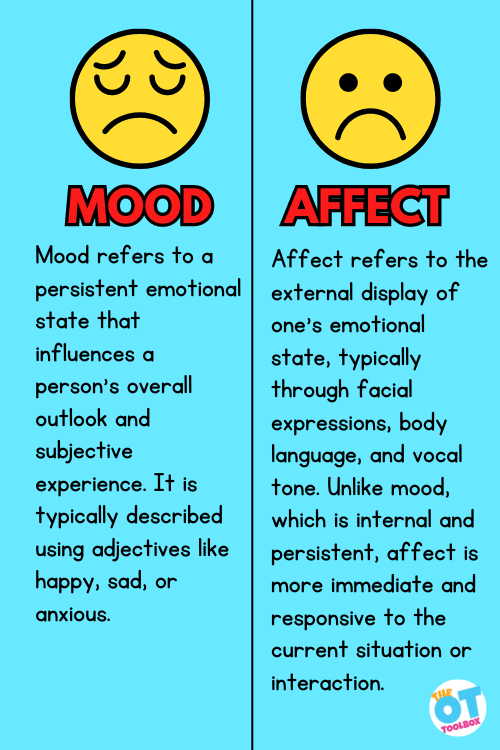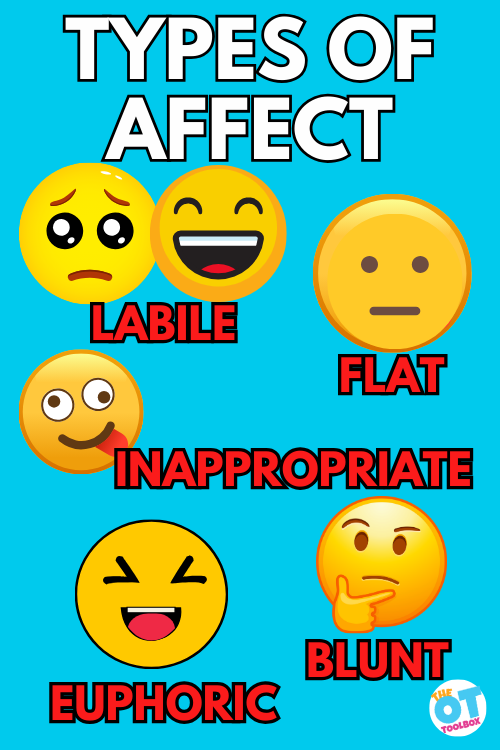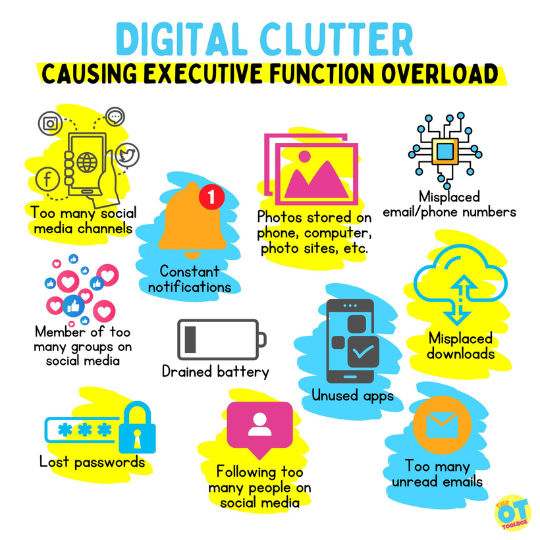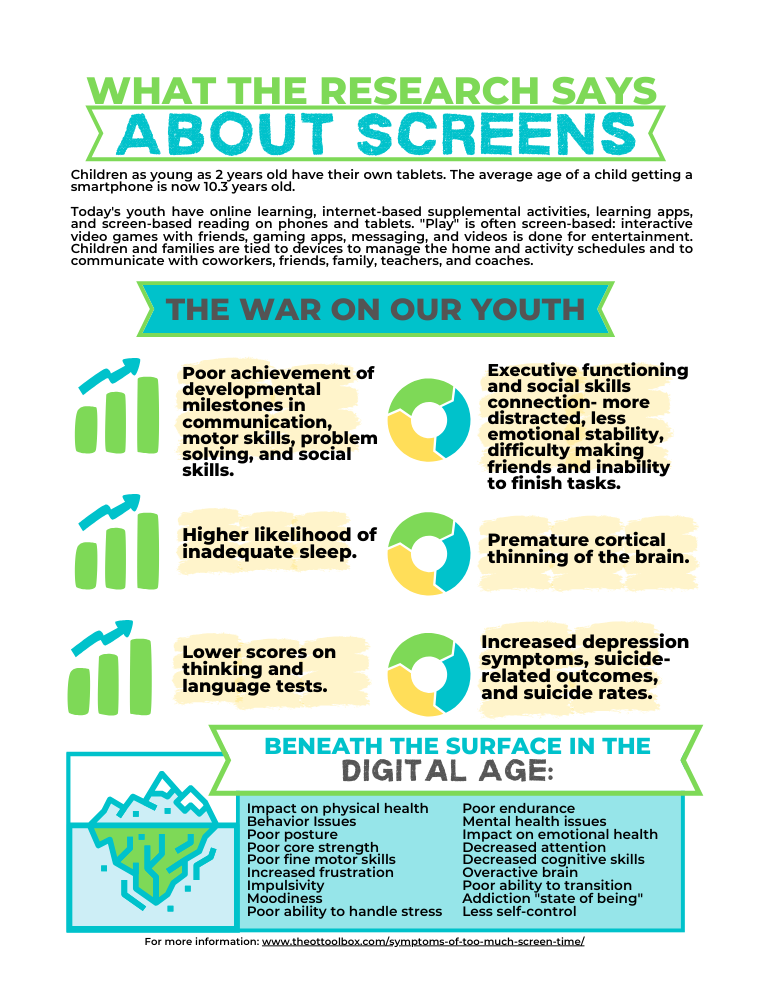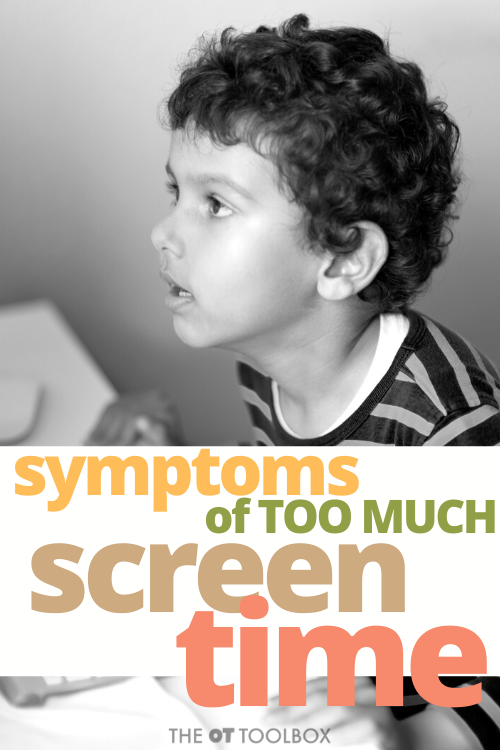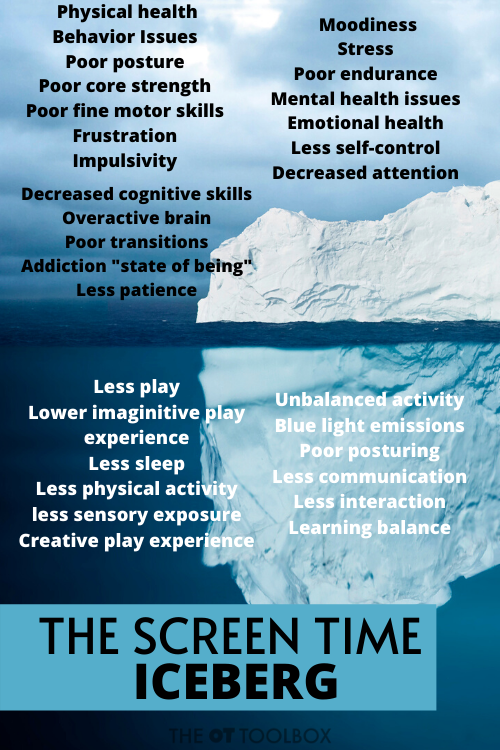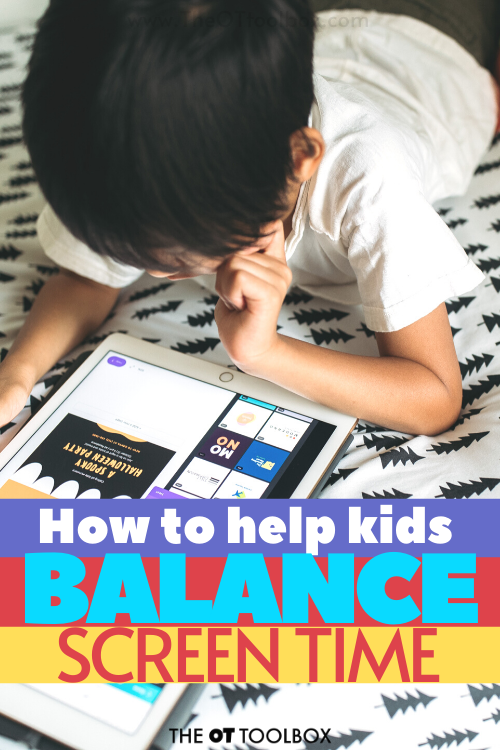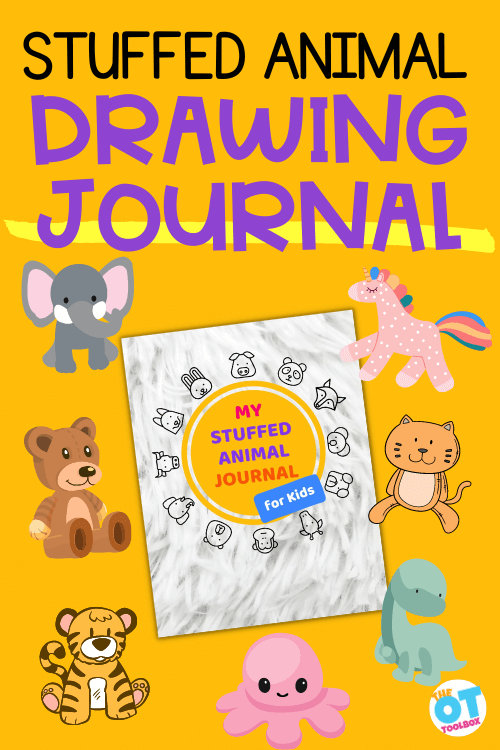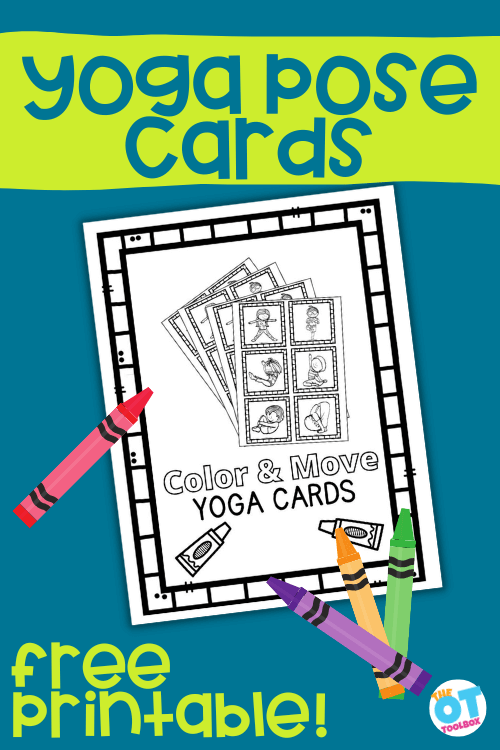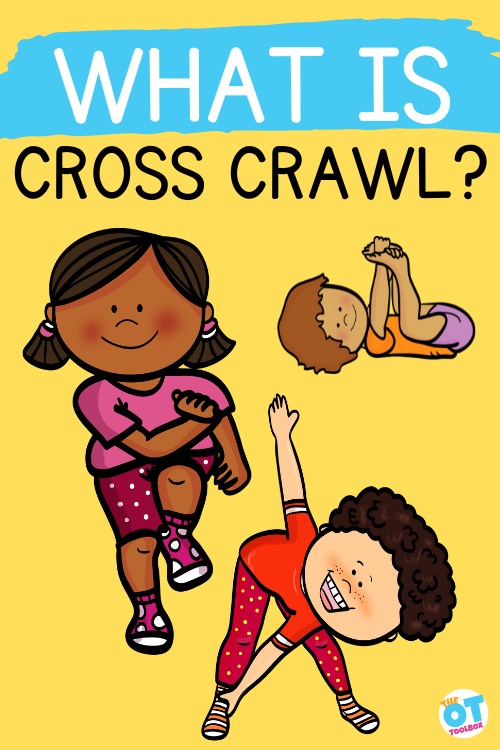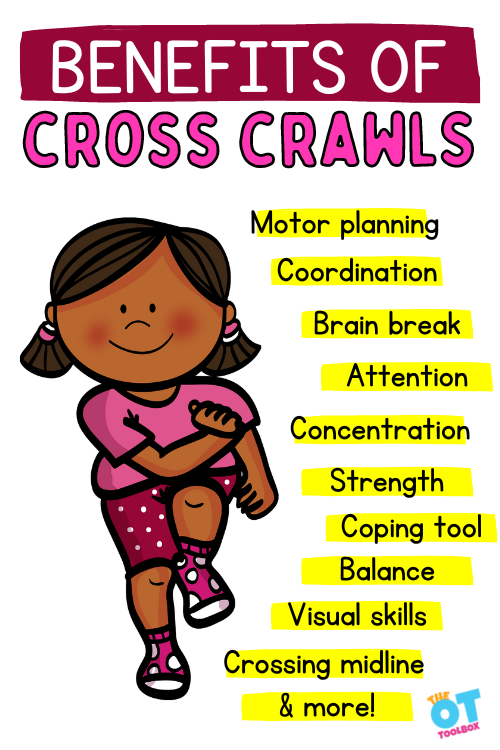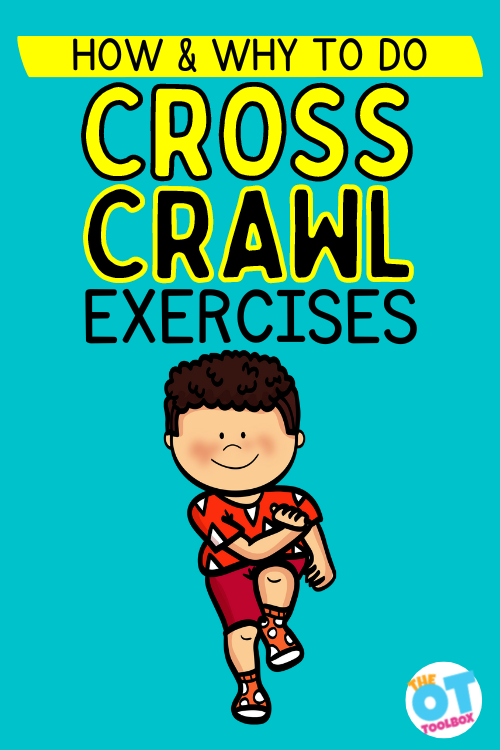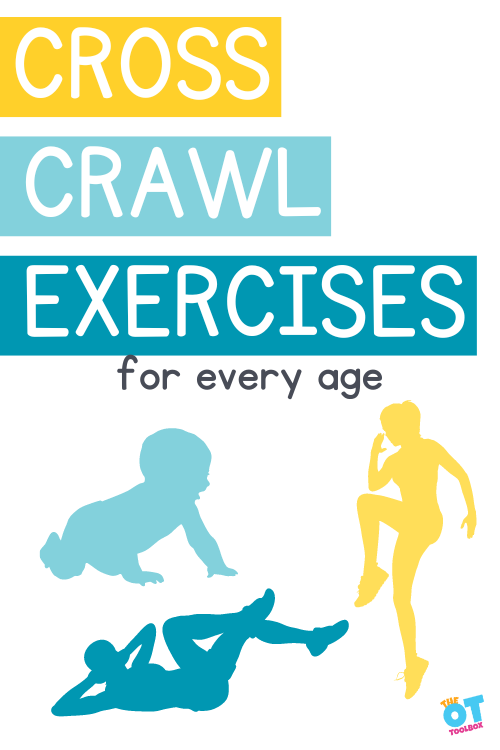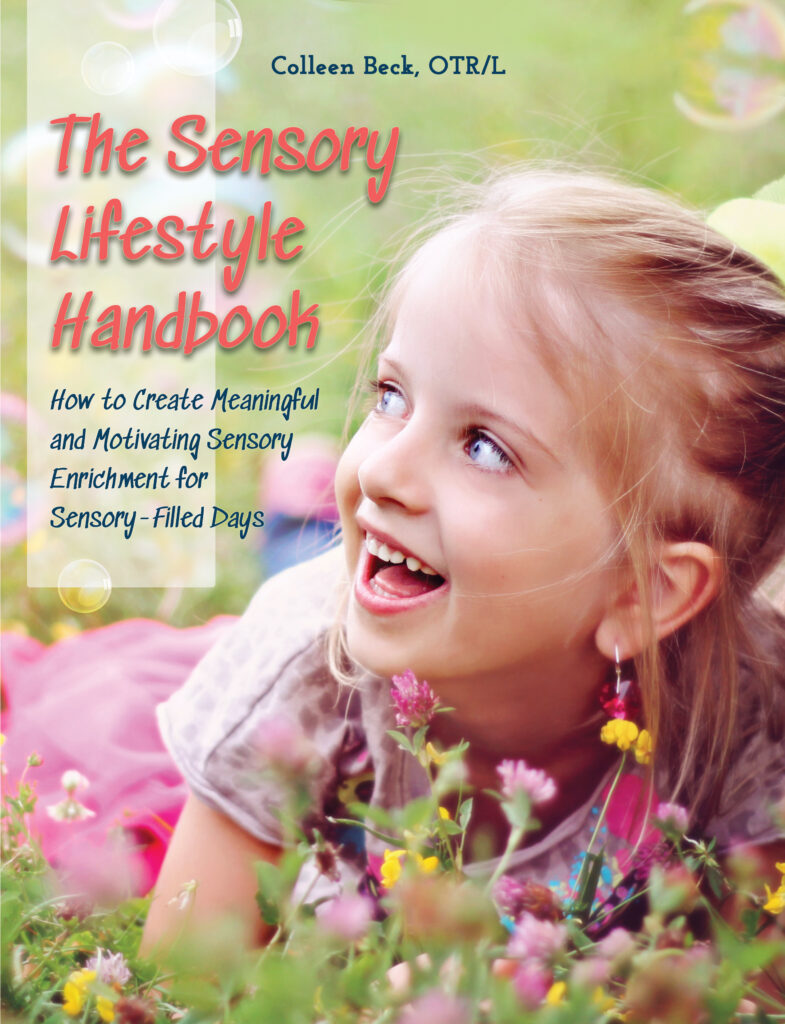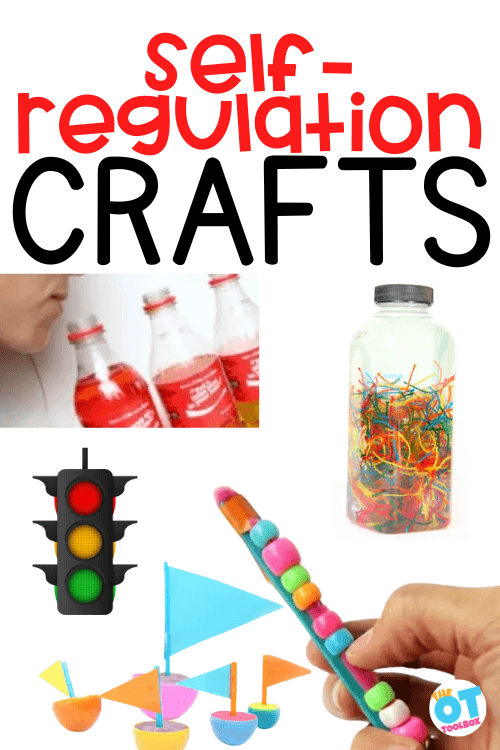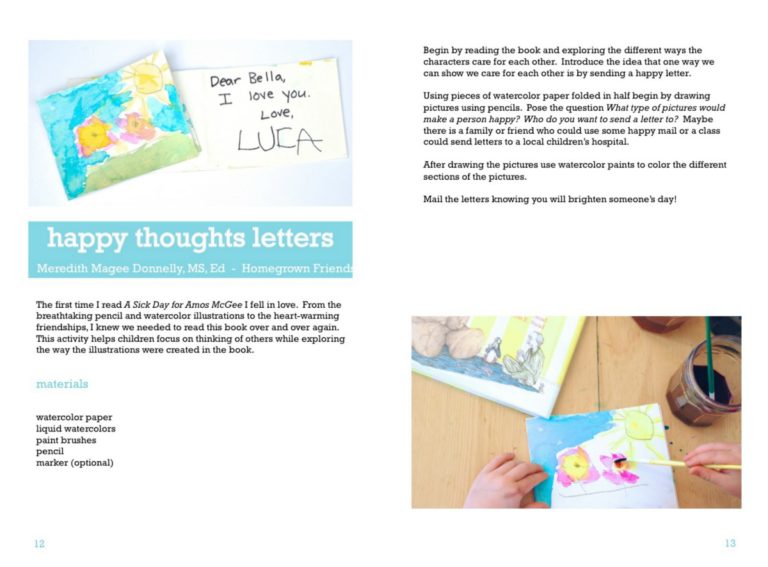Affect modulation may sound like a complex term, but it is a cornerstone for social and emotional development. When it comes to daily functional skills, interacting with peers, and learning, our affect plays a major role.
In this blog post, we will break down the concept of affect modulation and explore what it means to kids, as well as practical ways to support modulation skills at home and in school. We’ve previously covered sensory modulation, which is a slight variance. We’ve also previously discussed how to use swings in sensory modulation. Today’s post covers a variation of these topics.
Affect modulation techniques are different for every individual, just like the range of emotions we all experience.
What Is Affect Modulation?
Affect modulation refers to the ability to regulate and manage one’s emotions or affective states. Self-regulation is a vast concept and affect modulation is one component of self regulation.
To further break it down:
- Affect refers to the emotional expression expressed by an individual in reaction to a specific situation. This can be facial expressions or emotions that are exhibited by body language, the eyes, or how the person physically displaces their internal feelings.
- Modulation refers to the ability to regulate or adjust emotional input and arousal levels to adapt to the demands of the environment or specific task.
Emotional modulation refers to the ability to regulate one’s emotions in different situations. This involves recognizing and understanding emotions, as well as effectively managing and expressing them. Individuals who struggle with emotional modulation may experience difficulty controlling their emotions, leading to mood swings, impulsivity, or emotional dysregulation.
Putting together the terms, “affect” and “modulation”, this is the ability to response and organize internal with the external expression.
In simpler terms, it’s about controlling and expressing emotions in a way that is appropriate to the situation. Think of it as the emotional thermostat that helps us maintain a comfortable and balanced state.
Difference between affect modulation and emotional Regulation
Emotional regulation is a vital component of mental health and well-being. It involves the ability to manage and respond to an emotional experience with a range of strategies. As a pediatric occupational therapist, I’ve seen firsthand how mastering affect regulation can significantly impact daily life, especially in children. It’s not just about controlling emotions but understanding and using them in a way that benefits overall development.
One of the key distinctions I make in my practice is between affect regulation and emotion regulation. While they are closely related, understanding the nuances between them can provide deeper insights into how we process and respond to emotional experiences. This knowledge is crucial in developing effective strategies for managing stressful situations, which are an inevitable part of life.
The theory behind affect regulation is fascinating and offers a framework for understanding how emotions influence behavior and cognition. It also sheds light on the importance of developing regulation skills early in life. These skills are essential for navigating the complexities of emotional experiences and for fostering resilience and emotional intelligence.
Implementing supports to impact affect modulation in therapy involves a combination of grounding techniques, cognitive reappraisal, and other strategies aimed at managing emotions. These techniques are beneficial for all ages. They serve as powerful tools for enhancing emotional regulation and improving mental health outcomes.
Mood and affect are similar, but there are distinct differences.
Mood and Affect
Take a look at the image above. You can see that mood and affect are deeply connected. You can’t have affect without mood, and mood impacts affect. While we might consider the similarities between affect and mood, there are distinctions in that these two areas of emotional regulation impact our daily functioning abilities in different ways.
For example, when we have internal thoughts that make us happy, such as thinking about an upcoming exciting event, we have might smile or have a positive body language. We might move with confidence or be light on our toes.
When we have an upcoming test that we are nervous about, we might be quiet and a frustrated look on our faces, or have a tense posture, sweating, or a grimaced facial expression.
Let’s look at mood and affect based on feelings we experience.
Mood is the internal feelings that we all have:
- sadness
- nervousness
- fear
- happiness
- irritation
- frustration
- hopelessness
- excitement
- etc…
Affect is the external expression of our mood and feelings and this includes:
- facial expressions
- body language
- tone of voice
- eye expression (the sparkle in the eye, or a flat look in the eyes)
Mood and affect definitely work together!
In the healthcare fields, “affect” refers to the outward expression of emotion or mood, typically through facial expressions, gestures, and vocalizations. These different types of affect will be documented in assessments and treatment.
Types of Affect
Because of the vast range of moods, and the range of expressions is wide as well. Then, there are several different types of affect. The affect types of those which describe a common response to emotional input or situations.
In occupational therapy documentation, a therapy provider might describe a person’s behavior as a flat affect or elevated affect.
Let’s take a closer look at the types of affect:
- Broad affect- indicates a wide range and appropriate modulation of emotional input with expressed behaviors
- Restricted affect- Indicates a narrow range of emotions
- Blunted affect- indicates a reduced intensity of emotional expression or response
- Flat affect- this term indicates a lack of emotional expression
- Labile affect- indicates a rapidly shifting emotions
- Inappropriate affect- indicates emotional response that is not appropriate for the situation
- Euphoric affect- This affect is characterized by an intense feeling of happiness, elation, or joy. Someone with a euphoric affect may have a wide smile, bright eyes, and expressive body language indicating excitement or pleasure.
- Dysphoric affect- Dysphoric affect is the opposite of euphoric affect and is associated with feelings of sadness, unhappiness, or discomfort. A person with dysphoric affect may appear withdrawn, with a downturned mouth, furrowed brows, and subdued body language.
The Science Behind Affect Modulation
The science of affect modulation delves into the neurological and psychological mechanisms that underpin our ability to regulate emotions. Research in this field has uncovered how certain brain regions, neurotransmitters, and hormonal responses are involved in the complex process of emotional regulation. This scientific understanding informs the development of effective therapeutic interventions that target these biological systems.
Studies have shown that practices such as mindfulness and grounding techniques can positively affect brain activity and emotional responses. These findings underscore the potential for therapeutic strategies to enhance emotional regulation and resilience, ultimately improving mental health outcomes.
By integrating insights from the science of affect modulation with practical therapeutic techniques, we can offer more effective support to individuals struggling with emotional regulation. This holistic approach not only addresses the symptoms but also targets the underlying causes of emotional dysregulation, fostering lasting change and well-being.
What Does Affect Modulation Mean for Kids?
When we talk about affect modulation in the context of kids, we’re focusing on their capacity to handle a wide range of emotions because, let’s face it, childhood is a whirlwind of new experiences and challenges.
It’s like having a built-in guide for emotions to help them understand and manage their feelings. It starts with recognizing what they’re feeling, happy, sad, mad, or anything in between, and just how much of an emotion to show in different situations
As they grow, affect modulation teaches kids when it’s okay to show big emotions and when it’s better to keep things more chill. For example, turning up happiness when playing with friends or dialing down frustration when faced with a tricky task.
This skill is essential because it helps kids understand their own feelings and handle the ups and downs of life. It also helps them navigate social situations and figure out how to respond appropriately.
How to Help Kids Understand Affect Modulation?
Explaining affect modulation to kids might seem like a tricky task, but breaking it down in simple terms and using certain strategies can make it more accessible for them.
Affect modulation refers to the ability to regulate one’s emotional states in a way that is adaptive and conducive to well-being. It involves understanding and managing the intensity and duration of emotions to navigate daily life effectively. As a therapist, I emphasize the importance of this skill, especially in children, as it lays the foundation for healthy emotional development and coping mechanisms.
Some strategies to help individuals in therapy to better understand affect modulation include:
- Use Everyday Language: Start by using words and phrases that kids encounter in their daily lives. So, instead of saying “affect modulation,” you can talk about “feeling and mood management.”
- Compare Emotions to Weather: Draw parallels between emotions and weather conditions. For example, explain that just as the weather changes, our emotions can change too. Sometimes it’s sunny (happy), and other times it might be stormy (angry or sad). This comparison helps kids grasp the idea that emotions come and go.
- Storytelling and Role-Playing: Narrate stories or use role-playing to illustrate scenarios where affect modulation comes into play. Describe a character who successfully manages their emotions in a challenging situation and discuss why it was helpful.
- Personal Examples: Relate it to their experiences, like how they handle different emotions during playtime, school, or family activities. You can also share stories from your life where you had to manage your emotions – both the successes and the times you learned from challenges.
- Connect with Characters: If there are favorite characters from books, movies, or TV shows that deal with emotions, use them as examples. Discuss how the characters handle different feelings and ask kids what they would do in similar situations.
- Check up on emotions and feelings as they fluctuate throughout the day and identify triggers or warning signs for behaviors. Tools include creating emotions check in activities or a feelings check in. This can be part of a group self regulation activity for a classroom or the whole family.
By incorporating these strategies, you’ll help kids not only understand but also embrace the concept of affect modulation as a valuable tool for navigating their emotional world.
Remember, the key is to make it interactive, relatable, and fun.
Factors That Influence Affect Modulation for Kids
Affect modulation in kids is influenced by a variety of factors that play a significant role in shaping their emotional experiences and responses.
Understanding these factors can help parents, educators, and caregivers provide effective support.
Let’s take a look at the things that impact affect modulation.
- Past Experiences: A child’s previous experiences shape how they handle emotions. Positive experiences might make them more confident in expressing themselves, while negative ones could make them more cautious.
- Family Environment: The family is like the home base for emotions. If a home is filled with support and understanding, it’s easier for kids to develop strong affect modulation. But if it’s a bit chaotic or stressful, it might be trickier for them to manage their feelings.
- Cultural Influences: Cultural norms and values can shape a child’s understanding and expression of emotions. Different cultures may have varying expectations regarding emotional expression, and being aware of these cultural influences is essential in providing appropriate support.
- Social Interactions: Kids learn a lot from their friends and peers. It’s like being part of an emotional team. Positive interactions can boost their affect modulation skills, while negative ones might present challenges.
- Support Systems: Having reliable support is crucial – whether it’s parents, teachers, or friends. A strong support system helps kids navigate their feelings with more confidence.
- Life Events and Trauma: Significant life events or traumatic experiences can impact a child’s emotional well-being. Grief, loss, or other challenging experiences may affect their ability to regulate emotions.
- Genetic and Biological Factors: There is evidence to suggest a genetic component in emotional regulation. Some children may be naturally predisposed to certain emotional tendencies.
- Media and Technology Exposure: The digital age introduces new elements that can influence affect modulation. Exposure to certain media content or excessive screen time may impact a child’s emotional development.
By considering these influences, parents, teachers, and caregivers can provide the right kind of support, helping kids develop strong and healthy affect modulation skills.
How to Support Affect Modulation in School and at Home?
Supporting affect modulation in school and at home involves creating environments that foster emotional awareness, expression, and regulation for children.
Practical worksheets and activities play a crucial role in therapy, providing tangible ways for children and adults to practice and reinforce their regulation skills. From assertive responses worksheets to anger management tools, these resources are invaluable for facilitating emotional growth and learning.
Ultimately, embracing affect modulation as a path to emotional wellness requires patience, practice, and persistence. It’s a journey that can profoundly influence personal and professional life, leading to improved relationships, better decision-making, and greater emotional resilience.
As a pediatric occupational therapist, I incorporate various core techniques into my practice to support affect modulation. Grounding techniques, or coping strategies, are essential for helping children and adults alike anchor themselves in the present moment, reducing overwhelming emotions.
Cognitive reappraisal is another crucial strategy, enabling individuals to reframe negative thoughts and perspectives into more positive and manageable ones.
Here are practical strategies for settings like at school or at home:
Affect Modulation strategies At School
- Emotion-Friendly Classroom: Teachers can establish a classroom culture that encourages open discussions about emotions. Create a “Feelings Corner” with resources like emotion charts and books to help children express and understand their feelings.
- Social-Emotional Learning (SEL) Programs: Implement SEL programs that explicitly teach affect modulation skills. These programs often include activities, discussions, and lessons designed to enhance emotional intelligence.
- Clear Expectations: Clearly communicate behavioral expectations and consequences. Consistent guidelines provide a sense of predictability, helping children understand the boundaries for expressing emotions.
- Peer Support and Group Activities: Foster a supportive peer environment where children can learn from one another. Group activities that involve cooperation and communication can enhance affect modulation through shared experiences.
- Individualized Support Plans: Identify children who may need additional support in affect modulation. Develop individualized plans that address their unique needs, involving teachers, counselors, and parents in the collaborative process.
- Teacher-Student Relationships: Cultivate positive relationships between teachers and students. A trusting connection makes it easier for children to seek guidance when faced with emotional challenges.
Affect modulation strategies At Home
- Family Check-Ins: Establish regular family check-ins where everyone can share their highs and lows of the day. This promotes open communication and provides an opportunity to discuss and support affect modulation.
- Model Healthy Emotion Management: Demonstrate healthy ways to manage emotions. Children often learn by observing, so showing them constructive ways to express feelings sets a positive example.
- Emotion-Labeling: Encourage children to label their emotions accurately. Use everyday situations as examples and discuss how different feelings can be expressed and managed.
- Consistent Routine: Establish a consistent daily routine. Predictability helps children feel secure and provides a stable environment for developing affect modulation skills.
- Family Activities: Engage in activities that promote emotional expression and regulation. Drawing, storytelling, or playing emotion-themed games can be enjoyable ways to reinforce affect modulation.
- Limit Screen Time: Monitor and limit screen time, ensuring that content is age-appropriate. Excessive exposure to certain media can impact emotions, and regulating screen time can contribute to a healthier emotional state.
These strategies contribute to creating environments where kids feel supported and empowered to navigate their emotional experiences successfully.
If your kid is facing challenges with affect modulation despite implementing these strategies, consider seeking guidance from mental health who can provide a more tailored support plan.
Activities for Talking About and Supporting Affect Modulation
Here are some engaging activities for talking about and supporting affect modulation in kids:
- Feelings Journal: Encourage kids to keep a feelings journal. They can draw or write about their emotions each day. This practice helps them reflect on their feelings and track any patterns.
- Mood Meter: Use a mood meter with different quadrants representing different emotions and energy levels. Have the child place a marker on the meter to show how they’re feeling at a particular moment.
- Emotion Check-In Board: Create a simple board with different emotions and ask the child to place a marker on how they’re feeling each day. This visual tool helps them track and share their emotions.
There are more strategies to support affect modulation. We’ll cover them in more detail here:
Grounding Techniques
Grounding techniques have proven to be highly effective for those moments when emotions seem overwhelming. As a pediatric occupational therapist, I’ve witnessed firsthand how these strategies can bring someone back from the edge of an emotional cliff. It’s like having a mental emergency kit; knowing these techniques can make all the difference in managing emotions, especially in children who are still learning to navigate their feelings.
The beauty of grounding techniques lies in their simplicity and accessibility. They can be used anywhere, at any time, providing immediate relief without the need for any special tools or environments. Whether it’s a child struggling with anxiety or an adult facing a bout of panic, grounding techniques offer a lifeline, helping to stabilize emotions and return to a state of calm.
Sensory Grounding Using Your Five Senses
One of the most powerful grounding techniques involves leveraging our five senses to reconnect with the present moment.
Sensory Awareness method- I often guide children through exercises that focus on what they can see, hear, touch, taste, and smell. This method is particularly effective because it diverts attention away from distressing emotions and towards the external environment. For example, I might ask a child to name three things they can see around them or to focus on the sounds they can hear in the moment.
This sensory grounding technique is grounded in psychology, acknowledging how sensory input can directly influence our emotional state. By focusing on tangible, observable details in our surroundings, we can anchor ourselves in the present, reducing feelings of anxiety or panic. It’s a practice I recommend not just for children but for adults as well, as it fosters mindfulness and promotes emotional regulation.
The 3 things method- You might also use the “3 Things” method where you name three things you can see, three things you can feel, and three things you can hear. Taking the time to be aware of your senses allows you to “reset”.
Implementing these sensory awareness techniques can be as simple as keeping a “sensory kit” handy, filled with items designed to stimulate the five senses. A soft fabric, a favorite scent, or a photo of a cherished memory can serve as powerful tools for grounding. These sensory objects can provide immediate comfort and a sense of safety, guiding the mind away from distress and back to a place of calm.
Grounding Objects and Statements
Grounding objects- In my practice, I’ve found that grounding objects and statements can be incredibly effective for immediate emotional relief. A grounding object can be anything that has a calming effect on the individual, such as a smooth stone, a stress ball, or a small toy. These objects serve as a physical anchor, providing a tangible focus that can help lessen the intensity of overwhelming emotions.
Grounding statements- Another grounding tool is a phrase that one can use to combat negative thoughts. Grounding statements are short, reassuring phrases that can be repeated silently or aloud. Phrases like “I am safe” or “This will pass” can be powerful reminders that help bring someone back to a state of calm.
These techniques are rooted in psychology and are useful for anyone who may struggle with verbalizing their emotions.
Combining grounding objects with statements enhances their efficacy. For instance, holding onto a grounding object while repeating a calming statement can double the grounding effect, offering both physical and mental anchors. This combination can be a quick and effective way to regain emotional balance, especially in stressful situations.
Progressive Relaxation Techniques
Progressive relaxation techniques are another cornerstone of my therapeutic approach, particularly when working with children who experience anxiety or sensory processing challenges. These techniques, which involve gradually tensing and then relaxing different muscle groups, can significantly reduce physical tension and, in turn, calm the mind. It’s a method that not only helps in the moment but also teaches children valuable skills for managing stress in the long term.
The process of systematically working through the body, focusing on one muscle group at a time, serves as a powerful mindfulness exercise. It requires concentration and attention to bodily sensations, which can help distract from overwhelming thoughts or emotions. By learning to recognize and control physical tension, children can gain greater awareness and control over their emotional states as well.
Progressive Muscle Relaxation Exercises
Progressive muscle relaxation (PMR) exercises are a fundamental tool I use to teach children about the connection between physical tension and emotional distress. Starting from the toes and working our way up to the facial muscles, we tense each muscle group for a few seconds before releasing. This process not only helps in reducing physical stress but also provides a mental break from any troubling thoughts or feelings.
While guiding children through PMR, I emphasize the importance of breathing. Taking deep, controlled breaths in conjunction with the tensing and relaxing of muscles enhances the relaxation effect. This combination of breath control and muscle relaxation is supported by psychology, which recognizes the bidirectional relationship between body and mind. As the body relaxes, the mind follows, leading to a decrease in anxiety levels and an improvement in mood.
For children who are particularly sensitive to sensory input, PMR can be a gentle introduction to understanding and managing their reactions to stress. It’s a technique that not only provides immediate relief but also empowers children with a lifelong skill for self-regulation. Practicing PMR regularly can significantly improve a child’s resilience to stress, contributing to their overall emotional well-being.
Combined Relaxation Exercise (Audio Guidance)
Audio-guided relaxation exercises combine the benefits of progressive muscle relaxation with mindful breathing and visualization techniques. I often recommend these audio guides to children and their parents as a part of the home routine. Listening to soothing, directive narrations can make it easier for children to engage in the relaxation process. This is especially true for those who find written instructions challenging.
Audio exercises are designed to lead the listener through a series of relaxation techniques. They provide clear instructions on breathing, muscle relaxation, and visual imagery.
The use of audio guidance also adds an auditory sensory component to the relaxation process, which can be engaging.
Incorporating these audio-guided exercises into a child’s daily routine can significantly enhance their ability to manage stress and anxiety.
The regular practice of these exercises can help develop a sense of calm and emotional resilience. It’s a tool that not only benefits them in the present but also equips them with skills for lifelong emotional wellness.
Breath Training for Emotional Stability
Breath training is a core aspect of my work in supporting children’s emotional stability. Something as simple as changing our breathing patterns can have a huge impact on our nervous system. Deep breaths and relaxation breathing can shift us from a state of stress to one of calm.
Teaching children to be mindful of their breath offers them a direct way to influence their emotional state. It gives them a sense of control over their feelings.
By focusing on breath, it’s possible to regulate response to stress. This leads to improved emotional stability and resilience.
Balance: The Key Role of Affect Modulation
Affective modulation is a cornerstone of emotional wellness, involving a complex interplay of personality traits, cognitive processes, and behavioral strategies. Throughout their practice, occupational therapy practitioners have witnessed firsthand the transformative power of mastering affect modulation. It enables individuals to navigate their emotions more effectively, ensuring wellness, wellbeing, and a balanced life.
The techniques and insights shared, such as grounding methods, breath training, and mindfulness, are more than just tools. They are pathways to resilience and emotional stability.
Understanding and helping kids with affect modulation is like giving them superpowers for handling their feelings.
Whether it’s at school or home, the key is to create a safe and supportive environment. By doing this, we’re setting up our kids for a future where they can face anything with a smile and a sense of strength.
